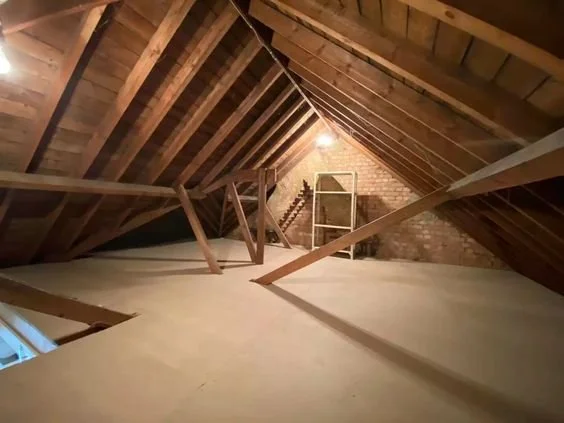Does Loft Boarding Invalidate Your New Build Warranty?
When purchasing a new build home, homeowners are often cautious about making modifications that could potentially void their new build warranty. One common concern is whether installing loft boarding will invalidate the house builder warranty. While this is a legitimate question, the answer isn’t always straightforward. In many cases, loft boarding for storage does not automatically void a structural warranty—but there are important factors to consider before proceeding.
Understanding Your New Build Warranty
Most new build homes come with a 10-year warranty provided by organizations such as the NHBC (National House Building Council), LABC, or similar governing bodies. These warranties typically cover major structural defects. However, they also include conditions about what modifications homeowners can and cannot make without affecting coverage.
Does Loft Boarding Void the Warranty?
Loft boarding systems do not inherently invalidate a new build warranty, but it depends on how they are installed and whether they impact the structural integrity of the home. Builders and warranty providers generally highlight a few key concerns:
Overloading the Loft Joists – Most modern new builds have lofts designed primarily for insulation and light storage, rather than for heavy loads. Placing excessive weight on the joists could lead to structural damage, which may not be covered by the home warranty.
Compromising Loft Insulation and Ventilation – Energy-efficient homes are designed to meet strict building regulations. Incorrectly installed loft flooring may compress loft insulation, reducing its effectiveness, or obstruct ventilation, leading to condensation problems and potential mold growth.
Altering the Structural Elements – If the installation of loft boarding involves cutting or modifying roof trusses, joists, or any other integral parts of the loft structure, it could void the structural warranty.
How to Ensure Loft Boarding Doesn’t Affect Your Warranty
To protect both your home and your new build warranty, consider the following best practices:
Use a Professional Loft Boarding System – Opt for raised loft boarding solutions that do not compress insulation. Systems such as LoftZone StoreFloor create a raised loft storage platform, allowing airflow and preventing loft insulation compression.
Check with Your Warranty Provider – Before proceeding, consult your home warranty provider or new build developer to clarify any specific restrictions on loft storage installation.
Follow Manufacturer Guidelines – If you choose a DIY loft boarding kit, ensure that you follow the best practices set out by experts in loft storage solutions and avoid overloading the roof structure.
Keep Documentation – If you hire loft boarding specialists, retain all receipts and certification to prove the work was carried out correctly.
SAS Insulation: A Warranty-Friendly Loft Boarding Solution
SAS Insulation adheres to building regulations and provides loft boarding solutions that won’t void your new build home warranty. Their systems are designed to protect loft insulation, maintain proper ventilation, and distribute weight safely across loft joists. By choosing SAS Insulation, homeowners can enjoy the benefits of a functional loft space while ensuring their home’s structural integrity remains intact.
Conclusion
Loft boarding for new build homes does not automatically invalidate your home warranty, but improper installation or excessive weight could create problems that might not be covered. Always check with your home warranty provider before making modifications, and use professional loft boarding systems to avoid future issues. By taking the right precautions, you can enjoy a safe and organized loft storage space without compromising your new build warranty.

